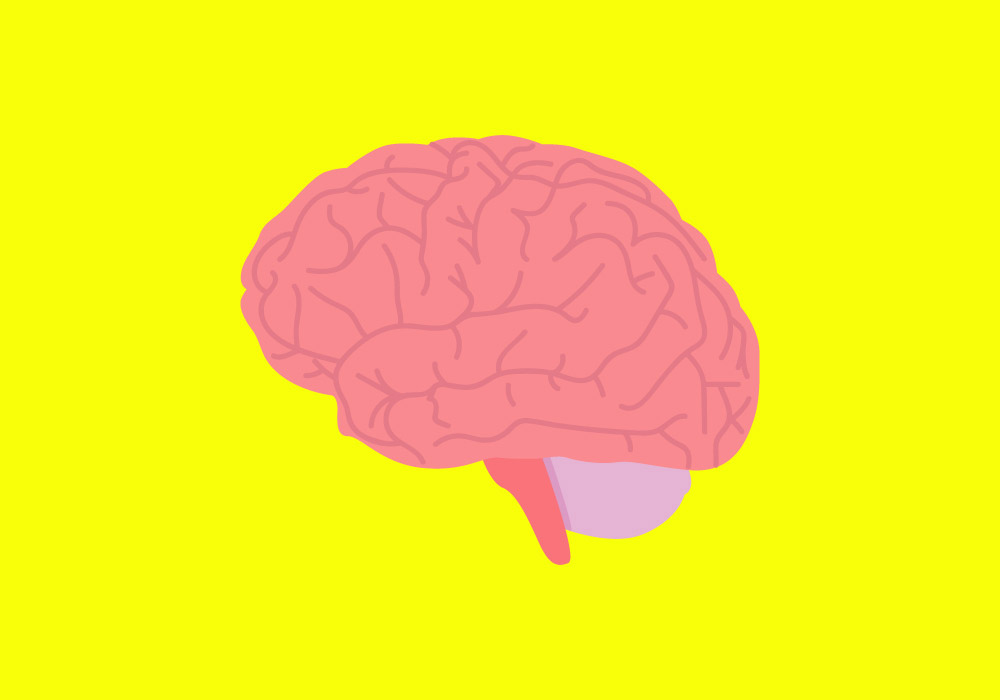
A new study on mice, published Tuesday in the journal Molecular Psychiatry, could help pave the way for a more effective way to treat post traumatic stress disorder (PTSD) in humans.
Using an animal model for human PTSD, in which researchers conditioned mice to feel fear and then attempted to reverse it, the scientists found that blocking a single gene in mice could turn off their chronic fear response.
In the study, the researchers conditioned a fear response in adult mice by putting them in a box, where they received shocks every time they heard a certain tone. The mice learned to associate that tone with the painful shock, and when they heard it, they became afraid and froze in their tracks, whether they were being shocked or not. “When we played a tone, they stopped moving, expecting something bad to happen,” says Dr. Stephen Strittmatter, professor of neurology and neuroscience at the Yale School of Medicine and senior author of the study.
That fear is easily reversible in young animals through a process called extinction; the fear response wears off when the animals hear the tone enough times without the shocks. But it’s well known that extinction isn’t as effective in adult mice. That’s part of the reason why the fear responses in PTSD are so hard to treat in adults.
Researchers wanted to see if they could make this absence of fear last longer after practicing extinction in adult mice, “so the fears don’t come back and the animals have their fear memories set back to zero,” says Strittmatter. They manipulated one particular molecule called the Nogo receptor, which plays a role in the last stage of brain development—the transition from a more plastic, young brain to a more stable adult brain. The receptor helps stabilize connections and synapses in the brain.
They found that by blocking this gene while practicing extinction, the mice permanently lost the fear response. “We were quite struck by how robust this was,” he says.
On a molecular level, the Nogo receptor is very similar in humans to that of rodents, Strittmatter says. Clinical studies are required to strengthen the findings, but he and his team believe that helping older brains become more plastic may prove an exciting area of research, and possibly therapy.
More Must-Reads from TIME
- Donald Trump Is TIME's 2024 Person of the Year
- Why We Chose Trump as Person of the Year
- Is Intermittent Fasting Good or Bad for You?
- The 100 Must-Read Books of 2024
- The 20 Best Christmas TV Episodes
- Column: If Optimism Feels Ridiculous Now, Try Hope
- The Future of Climate Action Is Trade Policy
- Merle Bombardieri Is Helping People Make the Baby Decision
Write to Mandy Oaklander at mandy.oaklander@time.com